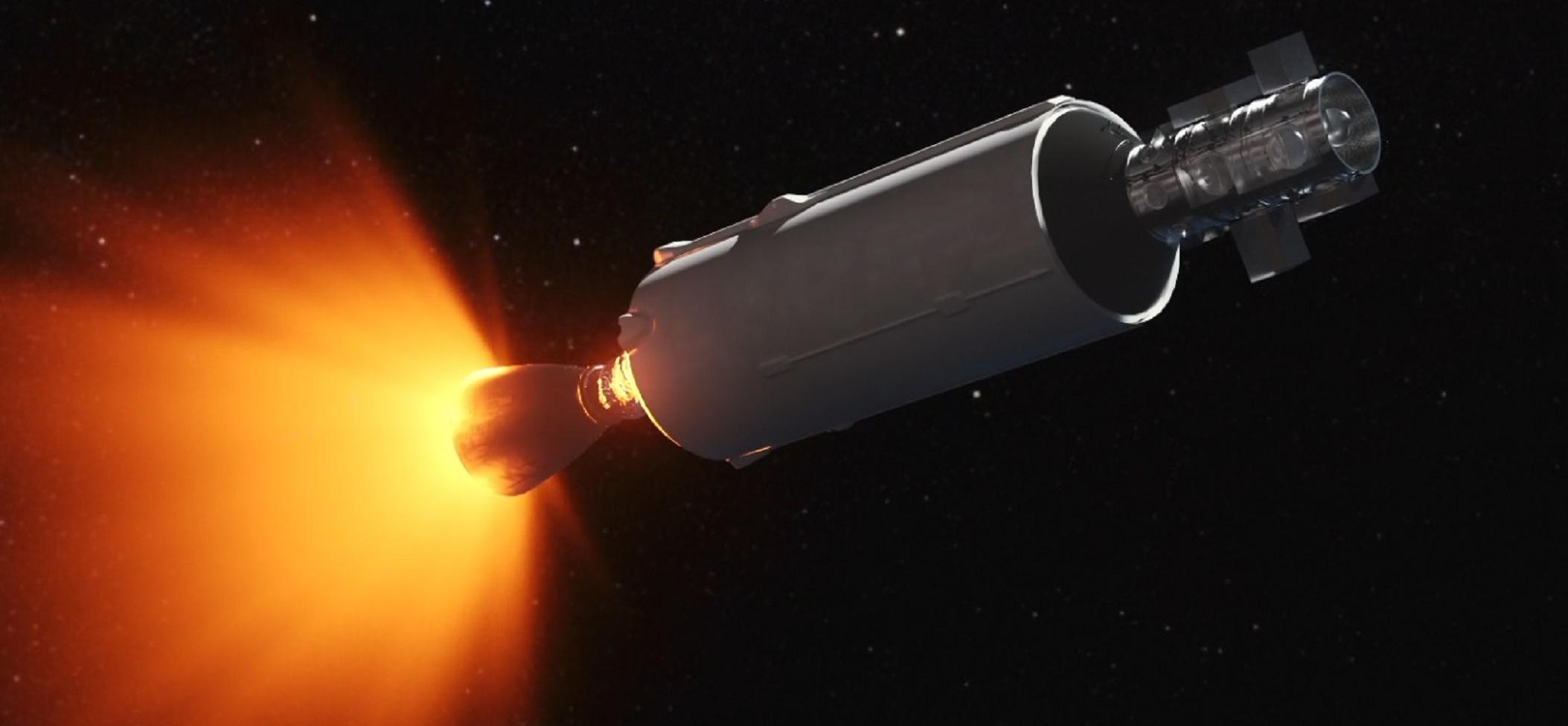
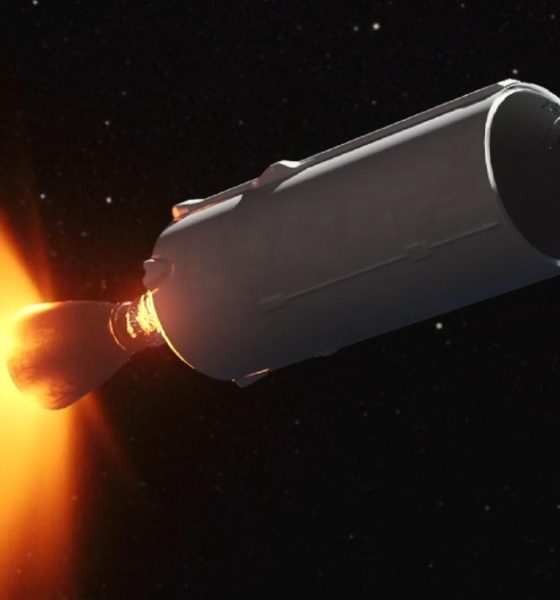
News
SpaceX on a roll with latest small satellite launch contract wins
Rideshare organize Exolaunch has announced a multi-spacecraft launch contract with SpaceX, continuing a streak of success enjoyed by the launch company’s Smallsat Program over the last several months.
While Exolaunch declined to confirm the mass of the payload or the number of satellites it manifested on a SpaceX Smallsat Program launch, the German company has likely arranged for 5-10 customer satellites to travel to orbit on Falcon 9. Known as a launch services provider, Exolaunch is effectively a middleman company tasked with connecting small satellites – typically cubesats in the 1-50 kg (1-125 lb) range – to rideshare launch opportunities on much larger rockets.
At face value, SpaceX’s Smallsat Program offers an extremely poor deal for individual cubesat owners on the market for launch services. However, through a growing number of flight-proven organizers like Exolaunch, Nanoracks, and others, markets and actual hardware are being developed to give the many hundreds or thousands of potential customers a cheap and reliable way to space. Uncertainties undoubtedly remain but SpaceX appears to be well on its way to securing a range of relatively valuable keystone customers, potentially becoming the go-to option for smallsat launches.
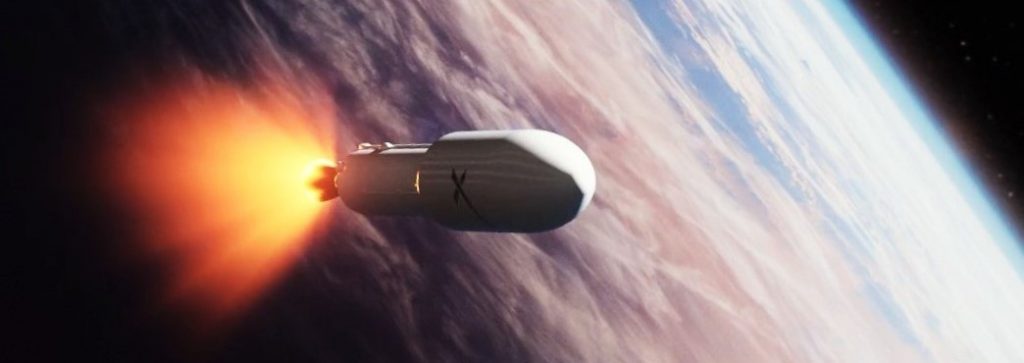
While it sounds deceptively simple, it’s looking more and more like SpaceX’s Smallsat Program has been an extremely strategic and forward-looking play, setting the company up to be a bit like the spaceflight equivalent of an ocean freight provider. Effectively the invisible backbone of the global economy, modern shipping is incredibly efficient and effective in large part because of the adoption of standardized shipping containers.
Just like oceanic shipping, the cost of transporting an entire shipping container is uneconomical for the vast majority of customers in search of logistics services. Instead, 3rd parties typically acquire space and then sell portions of each container’s volume inside to smaller customers. Companies like Exolaunch, Nanoracks, and more are essentially trying to become those third parties, albeit in a world where the standard shipping container has yet to be developed.
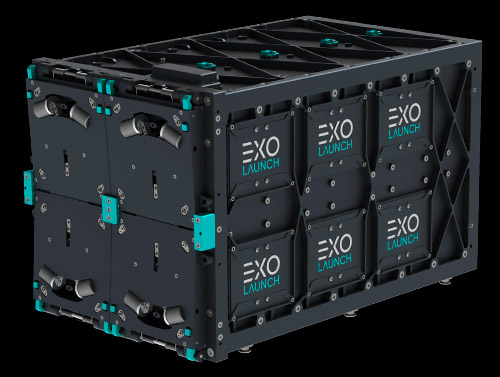
Exolaunch’s ‘Exopod’ is one of several such orbital-shipping-crates-in-waiting and will fly on SpaceX’s first dedicated rideshare mission, scheduled to launch no earlier than (NET) December 2020. Critically, providers like Exolaunch – tasked with deploying multiple customer satellites in orbit – can require an overall payload heavy enough for SpaceX’s pricing to be spectacularly competitive. Assuming an Exopod is ~50 kg and can store four 3U cubesats weighing ~10 kg each, Exolaunch would have to pay SpaceX just ~$1M to launch a full pod.
Add a 25% overhead for Exolaunch’s own costs and those four satellites could reach orbit for something like ~$300,000 apiece. In reality, it’s likely possibly for costs to be even lower, but it serves to show how 3rd-party service providers can offer prices lower than the launch company’s own catalog.
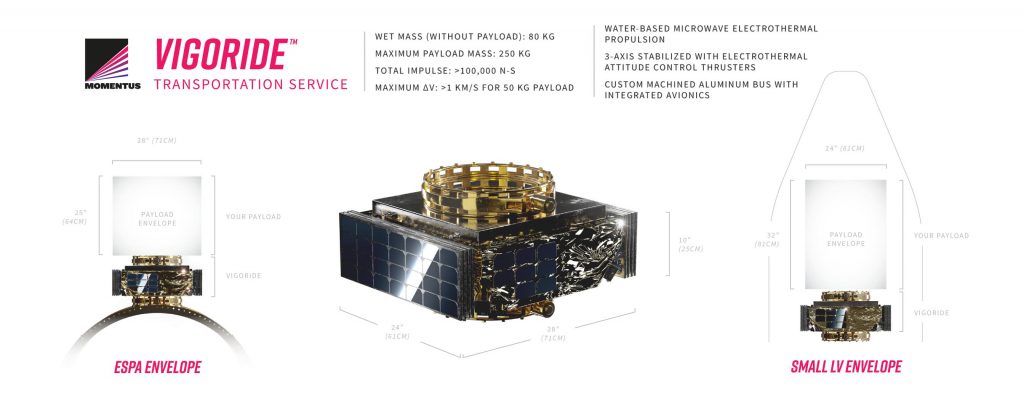
Aside from Exolaunch, SpaceX has won several smallsat launch contracts from Nanoracks (partially a services provider like Exolaunch), Momentus (a space tug company with more than a dozen of its own satellite customers), Kepler (an Internet of Things satellite constellation company), as well as several smaller orders. SpaceX’s growing relationship with Momentus is particularly interesting as the latter company’s goal is to develop cheap orbital tugs, deploying satellites at the exact orbits they want even if launched as part of a rideshare. Momentus has already bought slots for its Vigoride space tugs on five SpaceX rideshare launches, beginning as early as December 2020.
Ultimately, while the economics of rideshare launches on vehicles as large as Falcon 9 remain extremely unforgiving, SpaceX appears to be in it for the long haul and has certainly won an impressive number of launch contracts in just the last few months. SpaceX’s first Smallsat Program rideshare could happen as early as June 2020, hitching a ride on one of the two-dozen internal Starlink missions planned this year. The first dedicated rideshare is working towards its own December 2020 launch debut.

News
Tesla (TSLA) receives “Buy” rating and $551 PT from Canaccord Genuity
He also maintained a “Buy” rating for TSLA stock over the company’s improving long-term outlook, which is driven by autonomy and robotics.

Canaccord Genuity analyst George Gianarikas raised his Tesla (NASDAQ:TSLA) price target from $482 to $551. He also maintained a “Buy” rating for TSLA stock over the company’s improving long-term outlook, which is driven by autonomy and robotics.
The analyst’s updated note
Gianarikas lowered his 4Q25 delivery estimates but pointed to several positive factors in the Tesla story. He noted that EV adoption in emerging markets is gaining pace, and progress in FSD and the Robotaxi rollout in 2026 represent major upside drivers. Further progress in the Optimus program next year could also add more momentum for the electric vehicle maker.
“Overall, yes, 4Q25 delivery expectations are being revised lower. However, the reset in the US EV market is laying the groundwork for a more durable and attractive long-term demand environment.
“At the same time, EV penetration in emerging markets is accelerating, reinforcing Tesla’s potential multi‑year growth runway beyond the US. Global progress in FSD and the anticipated rollout of a larger robotaxi fleet in 2026 are increasingly important components of the Tesla equity story and could provide sentiment tailwinds,” the analyst wrote.
Tesla’s busy 2026
The upcoming year would be a busy one for Tesla, considering the company’s plans and targets. The autonomous two-seat Cybercab has been confirmed to start production sometime in Q2 2026, as per Elon Musk during the 2025 Annual Shareholder Meeting.
Apart from this, Tesla is also expected to unveil the next-generation Roadster on April 1, 2026. Tesla is also expected to start high-volume production of the Tesla Semi in Nevada next year.
Apart from vehicle launches, Tesla has expressed its intentions to significantly ramp the rollout of FSD to several regions worldwide, such as Europe. Plans are also underway to launch more Robotaxi networks in several more key areas across the United States.
News
Waymo sues Santa Monica over order to halt overnight charging sessions
In its complaint, Waymo argued that its self-driving cars’ operations do not constitute a public nuisance, and compliance with the city’s order would cause the company irreparable harm.

Waymo has filed a lawsuit against the City of Santa Monica in Los Angeles County Superior Court, seeking to block an order that requires the company to cease overnight charging at two facilities.
In its complaint, Waymo argued that its self-driving cars’ operations do not constitute a public nuisance, and compliance with the city’s order would cause the company irreparable harm.
Nuisance claims
As noted in a report from the Los Angeles Times, Waymo’s two charging sites at Euclid Street and Broadway have operated for about a year, supporting the company’s growing fleet with round-the-clock activity. Unfortunately, this has also resulted in residents in the area reportedly being unable to sleep due to incessant beeping from self-driving taxis that are moving in and out of the charging stations around the clock.
Frustrated residents have protested against the Waymos by blocking the vehicles’ paths, placing cones, and “stacking” cars to create backups. This has also resulted in multiple calls to the police.
Last month, the city issued an order to Waymo and its charging partner, Voltera, to cease overnight operations at the charging locations, stating that the self-driving vehicles’ activities at night were a public nuisance. A December 15 meeting yielded no agreement on mitigations like software rerouting. Waymo proposed changes, but the city reportedly insisted that nothing would satisfy the irate residents.
“We are disappointed that the City has chosen an adversarial path over a collaborative one. The City’s position has been to insist that no actions taken or proposed by Waymo would satisfy the complaining neighbors and therefore must be deemed insufficient,” a Waymo spokesperson stated.
Waymo pushes back
In its legal complaint, Waymo stated that its “activities at the Broadway Facilities do not constitute a public nuisance.” The company also noted that it “faces imminent and irreparable harm to its operations, employees, and customers” from the city’s order. The suit also stated that the city was fully aware that the Voltera charging sites would be operating around the clock to support Waymo’s self-driving taxis.
The company highlighted over one million trips in Santa Monica since launch, with more than 50,000 rides starting or ending there in November alone. Waymo also criticized the city for adopting a contentious strategy against businesses.
“The City of Santa Monica’s recent actions are inconsistent with its stated goal of attracting investment. At a time when the City faces a serious fiscal crisis, officials are choosing to obstruct properly permitted investment rather than fostering a ‘ready for business’ environment,” Waymo stated.
News
Tesla FSD v14.2.2 is getting rave reviews from drivers
So far, early testers have reported buttery-smooth drives with confident performance, even at night or on twisty roads.

Tesla Full Self-Driving (Supervised) v14.2.2 is receiving positive reviews from owners, with several drivers praising the build’s lack of hesitation during lane changes and its smoother decision-making, among others.
The update, which started rolling out on Monday, also adds features like dynamic arrival pin adjustment. So far, early testers have reported buttery-smooth drives with confident performance, even at night or on twisty roads.
Owners highlight major improvements
Longtime Tesla owner and FSD user @BLKMDL3 shared a detailed 10-hour impression of FSD v14.2.2, noting that the system exhibited “zero lane change hesitation” and “extremely refined” lane choices. He praised Mad Max mode’s performance, stellar parking in locations including ticket dispensers, and impressive canyon runs even in dark conditions.
Fellow FSD user Dan Burkland reported an hour of FSD v14.2.2’s nighttime driving with “zero hesitations” and “buttery smooth” confidence reminiscent of Robotaxi rides in areas such as Austin, Texas. Veteran FSD user Whole Mars Catalog also demonstrated voice navigation via Grok, while Tesla owner Devin Olsen completed a nearly two-hour drive with FSD v14.2.2 in heavy traffic and rain with strong performance.
Closer to unsupervised
FSD has been receiving rave reviews, even from Tesla’s competitors. Xpeng CEO He Xiaopeng, for one, offered fresh praise for FSD v14.2 after visiting Silicon Valley. Following extended test drives of Tesla vehicles running the latest FSD software, He stated that the system has made major strides, reinforcing his view that Tesla’s approach to autonomy is indeed the proper path towards autonomy.
According to He, Tesla’s FSD has evolved from a smooth Level 2 advanced driver assistance system into what he described as a “near-Level 4” experience in terms of capabilities. While acknowledging that areas of improvement are still present, the Xpeng CEO stated that FSD’s current iteration significantly surpasses last year’s capabilities. He also reiterated his belief that Tesla’s strategy of using the same autonomous software and hardware architecture across private vehicles and robotaxis is the right long-term approach, as it would allow users to bypass intermediate autonomy stages and move closer to Level 4 functionality.








